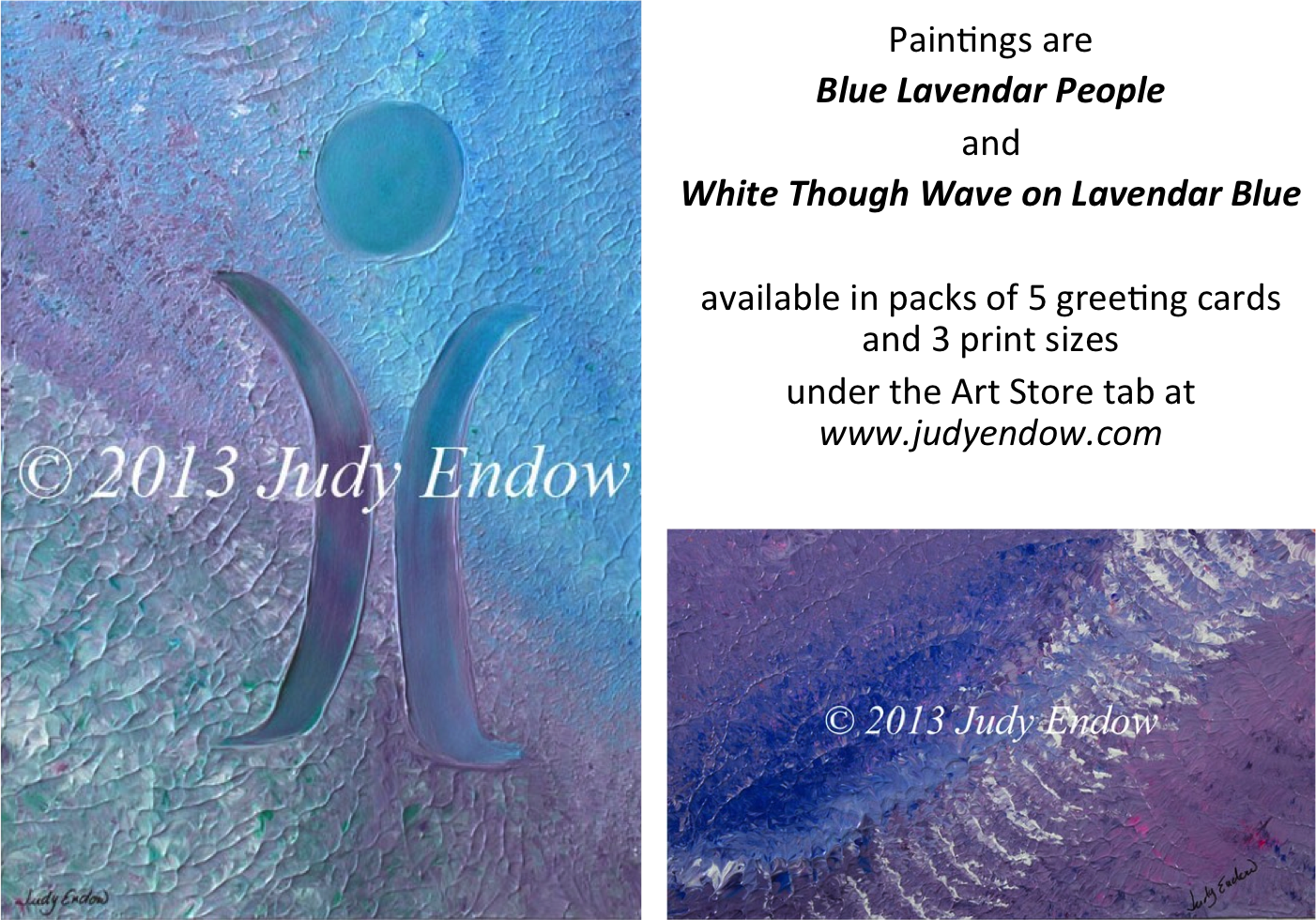French Translation: La fierté autiste
at http://www.judyendow.com/french-blogs/la-fierte-autiste/
This week someone asked me if I was proud to be autistic. It made me think about pride in general and about the term autistic pride.
In general, feeling proud of myself is not something that is front and foremost in my life. When I think of who I am, words like female, adult, mother, Dutch, daughter, heterosexual, white and autistic come to mind. None of these things are anything I am proud of or not proud of – they are simply words that describe me. I think of it as a launching pad. This is my originating place from where I am launched forth into the world. These are things that are my personal givens in life.
When I think about pride and what sorts of things I am proud of I always think of other people. I think of my children and how each of them have made me so proud in various ways. I am proud of their accomplishments, but what I am most proud of is the people they have become and the significant others they have chosen for themselves. I am proud of the way they treat others and interface with life. My boys have grown into good men and I am proud of them.
As for myself, I like to feel a sense of accomplishment in my life. I like to know that because of my work other people are influenced in positive ways and their lives are better. It is very fulfilling to me as it gives my own existence a bigger, broader meaning. However, I don’t really feel pride about my work. I do feel privileged that so many people trust my input when it comes to their children, their families, their schools and organizations. And I feel proud of people I work with when they use information and the lives of people become better. I love so much when difficult situations improve and there is the feeling that things are better at the end of the day.
Even though I can’t really identify a personal feeling of pride about myself I can identify in me an autistic pride. I think autistic pride is different from feeling proud. Autistic pride is a collective thing. We feel it together with our autistic friends and acquaintances.
Collectively, autistic pride is not because we need to celebrate being autistic. Instead, autistic pride is because we need to celebrate our right to exist as full-fledged human beings.
For the most part autistic adults are a disenfranchised group of people. We are marginalized and have very little power afforded us by the majority. And that is how it happens with disenfranchised groups. It is assumed society’s majority is the giver of power to the less than groups – society holds the ticket and has the power to bestow that ticket to participate to the less than autistics.
Autistic pride side-steps the down under position this dynamic, with all its benevolence, tries to hand us. Autistic pride allows us to collectively declare and to celebrate the fact that we are human beings – real human beings – just like other people in our society. A disenfranchised group needs collective pride to rise up and take their place as equal human beings in society.
So, while I have difficulty identifying a personal pride I do not have that difficulty at all when it comes to autistic pride. I feel it. I join with my autistic comrades in celebrating our right to exist as complete, whole, full-fledged human beings in the world at large.
PS There is not such a thing as neuromajority (or neurotypical) pride because neuromajority (or neurotypical) people are already assumed to be human beings.
BOOKS BY JUDY ENDOW
Endow, J. (2019). Autistically Thriving: Reading Comprehension, Conversational Engagement, and Living a Self-Determined Life Based on Autistic Neurology. Lancaster, PA: Judy Endow.
Endow, J. (2012). Learning the Hidden Curriculum: The Odyssey of One Autistic Adult. Shawnee Mission, KS: AAPC Publishing.
Endow, J. (2006). Making Lemonade: Hints for Autism’s Helpers. Cambridge, WI: CBR Press.
Endow, J. (2013). Painted Words: Aspects of Autism Translated. Cambridge, WI: CBR Press.
Endow, J. (2009). Paper Words: Discovering and Living With My Autism. Shawnee Mission, KS: AAPC Publishing.
Endow, J. (2009). Outsmarting Explosive Behavior: A Visual System of Support and Intervention for Individuals With Autism Spectrum Disorders. Shawnee Mission, KS: AAPC Publishing.
Endow, J. (2010). Practical Solutions for Stabilizing Students With Classic Autism to Be Ready to Learn: Getting to Go. Shawnee Mission, KS: AAPC Publishing.
Myles, B. S., Endow, J., & Mayfield, M. (2013). The Hidden Curriculum of Getting and Keeping a Job: Navigating the Social Landscape of Employment. Shawnee Mission, KS: AAPC Publishing.
Originally written for and published by Ollibean on January 20, 2015




